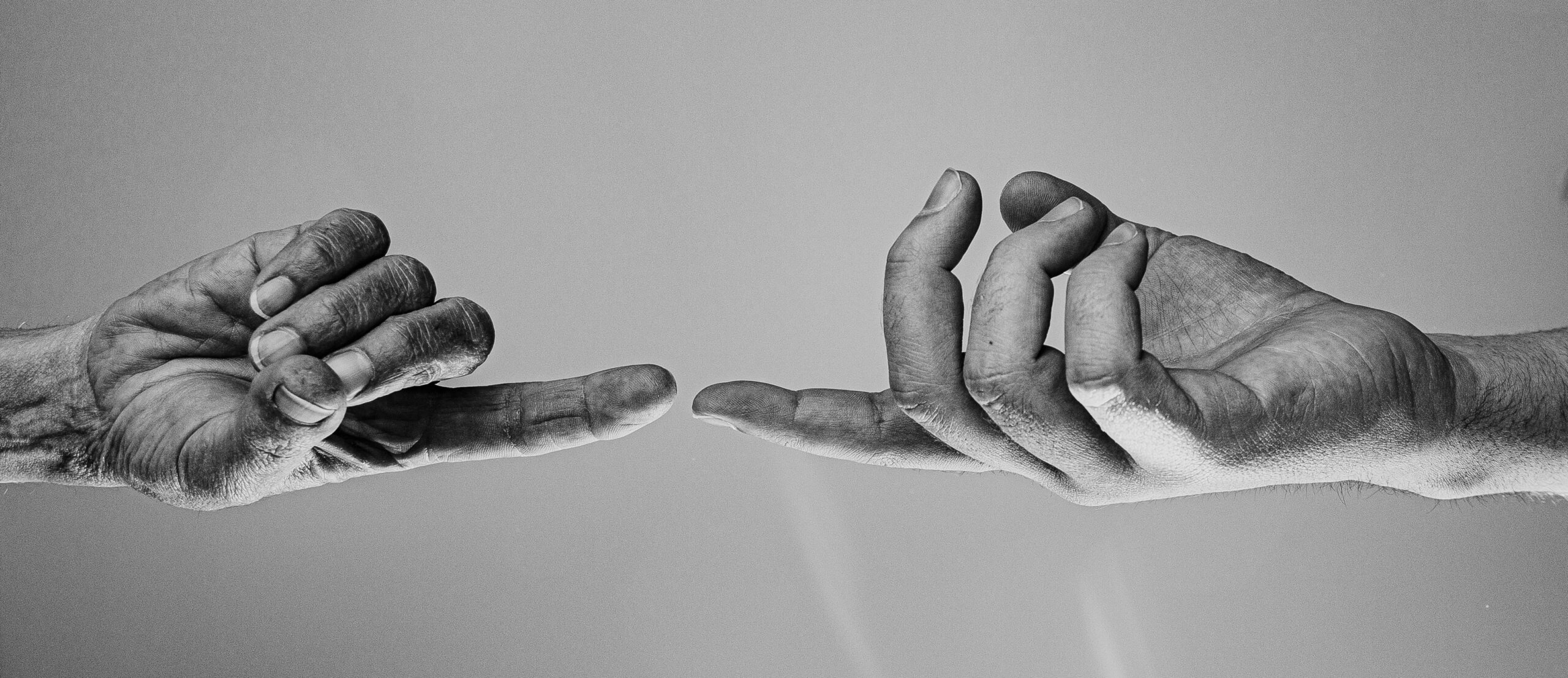The Poetics of Politeness: Why Courteous Writing Still Matters
In an age of rapid-fire texts, casual DMs, and emoji-heavy conversations, it’s easy to forget the power of courteous writing .
But politeness in language isn’t just about sounding “nice.” It’s about showing respect, building trust, and crafting messages that resonate emotionally — whether you’re sending an email, drafting a story, or engaging in digital conversation.
This article explores:
- What courteous writing really means
- How it influences perception and connection
- Why it still matters in modern communication
- Real-world examples across literature, business, and everyday life
Let’s dive into the poetics of politeness — and why kindness in language is more relevant than ever.
What Is Courteous Writing?
Courteous writing is language that respects the reader , values their time, and communicates with empathy.
It includes:
- Thoughtful word choice
- Respectful tone
- Clear structure
- Gratitude and acknowledgment
- Cultural sensitivity
While often associated with formal writing, courteousness applies to all forms of communication — from emails and job applications to social media posts and customer service replies.
Psychological Insight: Politeness Builds Trust
Studies in communication psychology show that polite language increases perceived trustworthiness , competence , and likability .
When we write politely, we signal that we care not only about our message — but also about how it affects the person reading it.
Why Politeness in Writing Still Matters Today
Despite the rise of informal digital communication, courteous writing remains essential — especially when building relationships, professional credibility, or emotional depth in storytelling.
Here’s why:
1. It Makes You More Approachable
Polite language invites people in — rather than pushing them away with harshness or indifference.
Example: “I don’t have time for this.”
“Thank you for reaching out — I’ll get back to you as soon as I can.”
The second version shows respect, even when busy.
2. It Enhances Professional Credibility
In business, courtesy signals professionalism and emotional intelligence — both of which improve collaboration, client retention, and leadership potential.
A well-written, respectful email stands out in a sea of rushed notes and vague requests.
3. It Preserves Emotional Safety in Digital Spaces
With online interactions often lacking nonverbal cues, tone becomes everything.
Polite writing ensures clarity, reduces misunderstandings, and creates psychological safety in team chats, forums, and social platforms.
4. It Honors Diversity and Inclusion
A courteous writer considers audience background, cultural norms, and personal boundaries — making their words more inclusive and less likely to offend.
Avoiding assumptions, using inclusive pronouns, and offering context are all signs of respectful communication.
5. It Reflects Emotional Maturity
Writing politely doesn’t mean being weak — it means being thoughtful.
It reflects self-awareness, emotional control, and a desire to build bridges rather than barriers.
The Poetic Side of Politeness
Beyond function, there’s a poetic beauty in politeness — especially in literature and creative writing.
Think of Jane Austen’s gentle wit, the elegant phrasing of historical letters, or the quiet dignity of old poetry — these works remind us that kindness has always been powerful .
Even in modern storytelling, writers use polite dialogue to:
- Show character maturity
- Build tension through restraint
- Express affection without overstatement
- Create memorable voices
Consider how characters like Mr. Darcy or Atticus Finch speak — not just what they say, but how they say it.
Their words carry weight because they’re chosen carefully.
Examples of Courteous Writing Across Contexts
Let’s look at how politeness enhances writing in different formats.
Business Emails
Unpolished:
“Hi,
Can you send me that report? Thanks.”
Courteous Version:
“Hi [Name],
Would it be possible to get the latest version of the report by EOD?
Appreciate your help!”
Why It Works: It acknowledges effort, uses softening phrases like “would it be possible,” and expresses gratitude.
Customer Service Messages
Impersonal:
“Your request is being processed.”
Polite & Personable:
“Thank you for reaching out. We’ve received your request and will follow up shortly.”
Adds warmth and reassurance — improving brand loyalty.
Academic or Research Writing
Dry Statement:
“The study was conducted with limited data.”
Polite Alternative:
“We acknowledge the limitations of our dataset and welcome future research to expand upon these findings.”
Shows humility and openness — traits valued in intellectual communities.
Personal Letters or Notes
Casual:
“Hey, I wanted to say thanks for helping me out.”
Courteous Version:
“I truly appreciate your support during a challenging time. Your kindness made a real difference.”
Turns a simple thank you into a meaningful gesture.
Text Messaging & Social Media
Rushed:
“Sorry I missed your call.”
Polite (and Warm):
“Thanks for thinking of me earlier — sorry I missed your call. Would love to catch up soon!”
Builds goodwill and maintains positive energy.
The Science Behind Kind Language
Research in linguistics and psychology confirms that courteous language improves outcomes in various fields.
Key Findings:
- People respond more positively to polite requests (University of California Study)
- Courteous feedback is more accepted and acted upon (Harvard Business Review)
- Polite language increases perceived authority and likability (Journal of Pragmatics)
Whether you’re pitching a project, resolving conflict, or simply replying to a message, a little politeness goes a long way.
Frequently Asked Questions (FAQ)
Q: What is courteous writing?
A: It’s writing that shows respect, clarity, and empathy toward the reader — regardless of format.
Q: Does politeness affect how seriously people take you?
A: Yes — studies show that polite language enhances perceived competence and professionalism.
Q: Should I always be polite in writing?
A: Yes — even in disagreement. Politeness doesn’t mean weakness; it means emotional intelligence .
Q: Can polite writing still be assertive?
A: Absolutely. You can be firm while remaining respectful.
“You didn’t follow instructions.”
“I noticed a small oversight — would you mind reviewing this again?”
Q: Is politeness outdated in casual communication?
A: Not at all. Even in text messages or social media comments, polite tone builds stronger relationships.
Final Thoughts
In a world that moves fast and speaks louder than ever, courteous writing is a breath of fresh air .
It reminds us that behind every screen is a human being — someone who deserves to be heard, respected, and treated with kindness.
So whether you’re sending an email, writing a novel, or responding to a comment, remember:
And sometimes, the most powerful messages aren’t the loudest ones — they’re the kindest.





